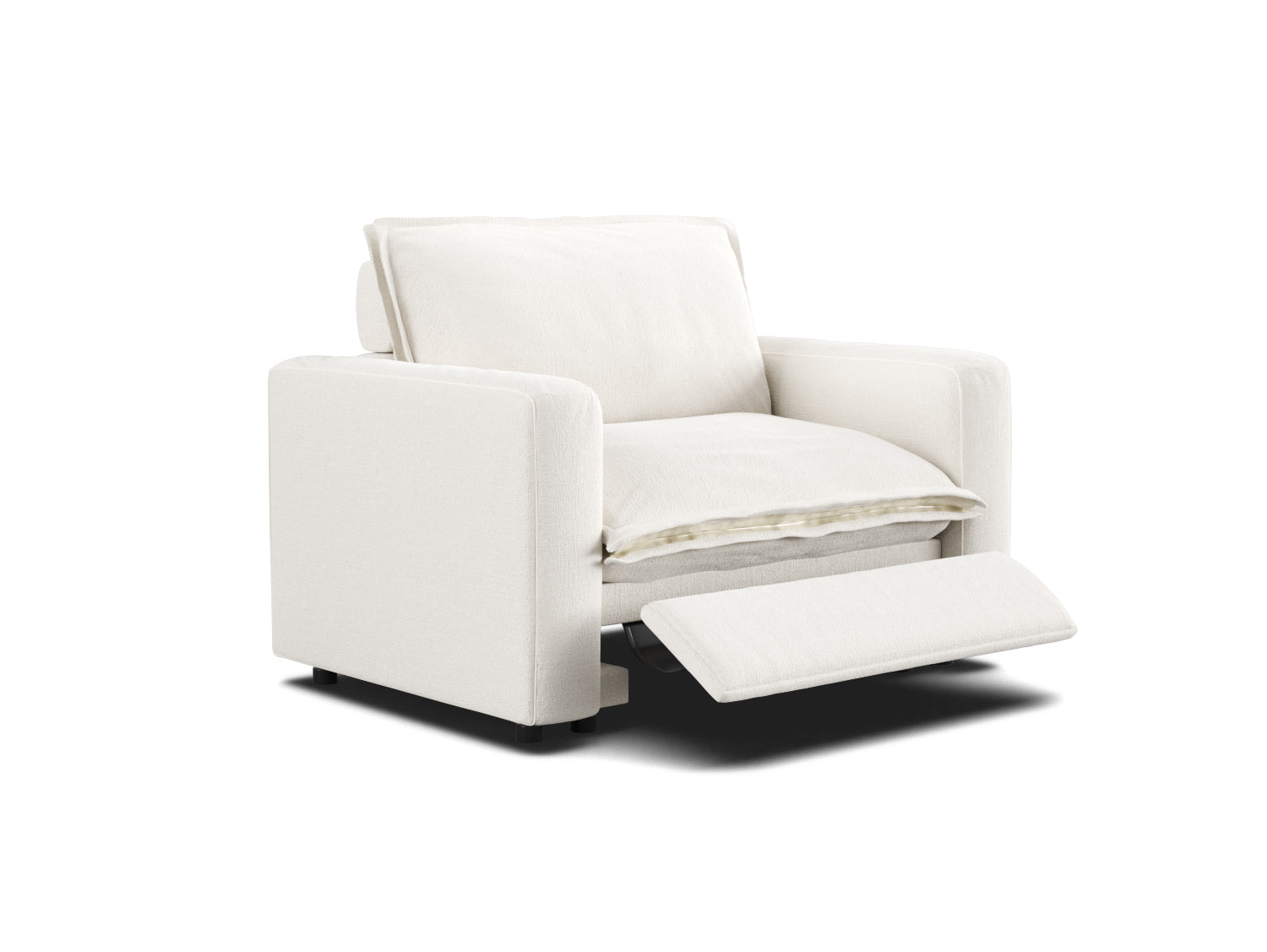Eco-Friendly Trends in Custom Recliner Sofas: What You Need to Know
Body
When it comes to furnishing your living space, custom recliner sofas are a popular choice for their comfort and versatility. However, as the world becomes more environmentally conscious, the demand for eco-friendly options has significantly increased. In this article, we will explore the latest trends in eco-friendly custom recliner sofas and what you need to know before making a purchase.

Materials Matter
One of the key trends in eco-friendly custom recliner sofas is the use of sustainable materials. Manufacturers are now opting for materials such as FSC-certified wood, bamboo, and recycled metal for the frame of the sofa. Additionally, organic cotton, linen, and hemp are being used for upholstery, reducing the environmental impact of traditional synthetic fabrics. By choosing a sofa made from sustainable materials, you can minimize your carbon footprint and support responsible manufacturing practices.
Non-Toxic Finishes
Another important trend in eco-friendly custom recliner sofas is the use of non-toxic finishes. Conventional furniture finishes often contain harmful chemicals that can off-gas and contribute to indoor air pollution. However, eco-friendly sofas are now being treated with natural oils, waxes, and water-based sealants that are free from volatile organic compounds (VOCs). This not only benefits the environment but also ensures a healthier indoor environment for you and your family.
Modularity and Longevity
Modularity and longevity are also significant trends in eco-friendly custom recliner sofas. Many manufacturers are designing sofas that can be easily disassembled for recycling or repair, extending the lifespan of the product. This approach reduces waste and encourages a more sustainable consumption pattern. Additionally, the use of durable, high-quality materials ensures that eco-friendly custom recliner sofas have a longer lifespan, reducing the need for frequent replacements.
Energy-Efficient Reclining Mechanisms
When it comes to functionality, energy-efficient reclining mechanisms are a growing trend in eco-friendly custom recliner sofas. Traditional reclining sofas often rely on electricity to operate, consuming unnecessary energy. However, modern eco-friendly recliner sofas are incorporating manual or low-energy mechanisms that minimize electricity usage. Some models even utilize solar-powered or kinetic energy systems to power the reclining function, further reducing the environmental impact of the sofa.
In conclusion, the demand for eco-friendly custom recliner sofas is on the rise, and manufacturers are responding with innovative and sustainable solutions. By considering the materials, finishes, modularity, and energy efficiency of a sofa, you can make an informed decision that aligns with your environmental values. Whether it's choosing a sofa made from sustainable materials or opting for non-toxic finishes, there are plenty of eco-friendly options available to create a stylish and sustainable living space.










Comments